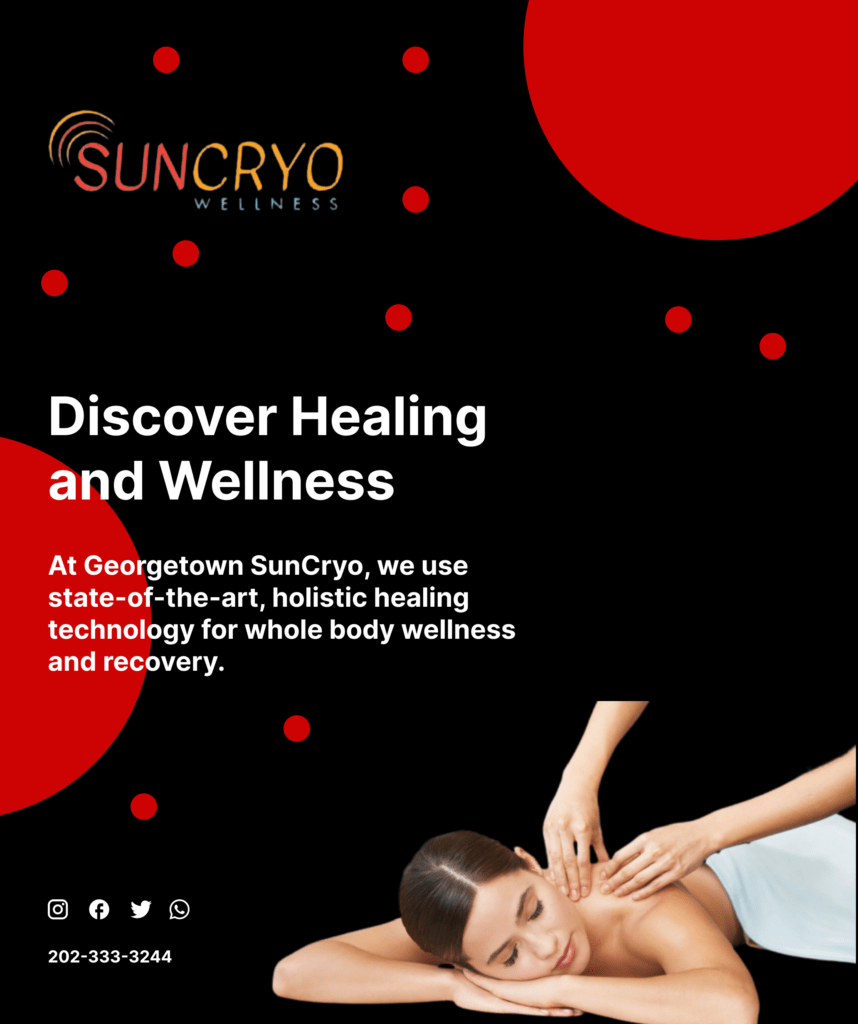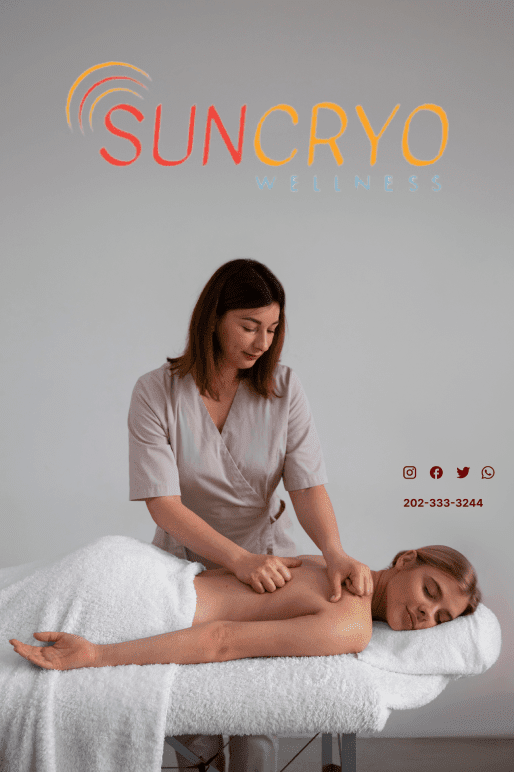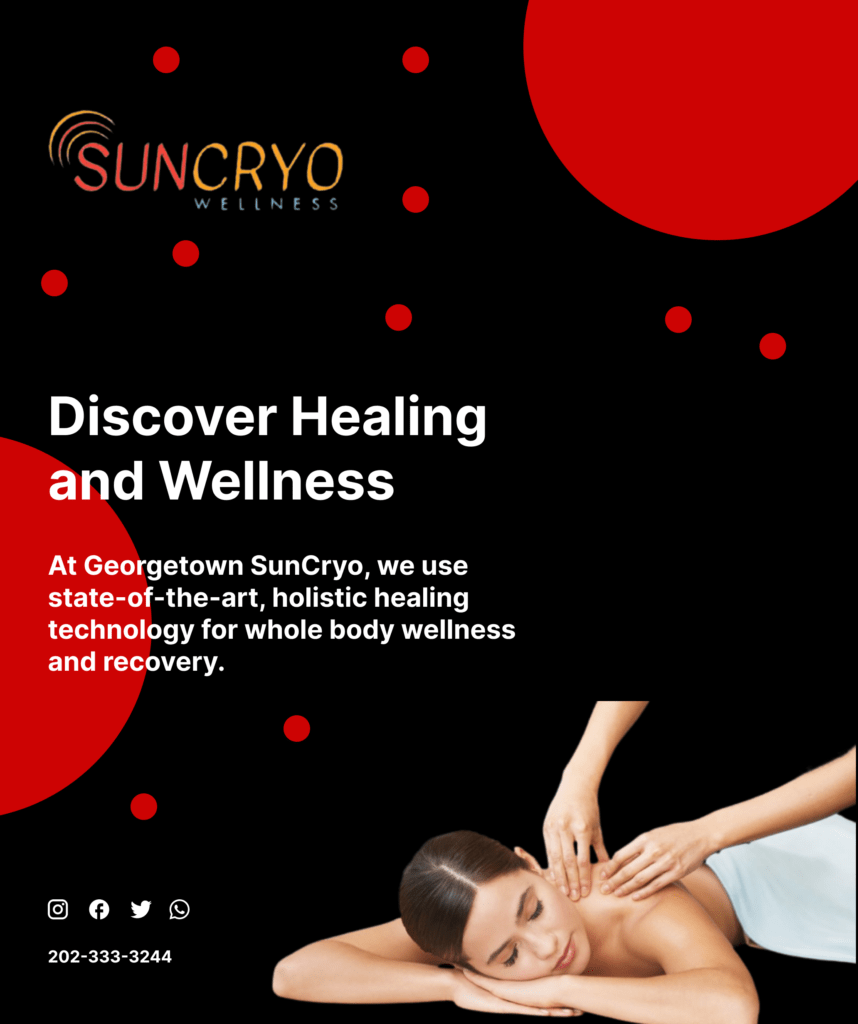Physical Therapy for Spine Pain

Welcome to our comprehensive guide on physical therapy for spine pain. At [Georgetown SunCryo], we understand the debilitating effects spine pain can have on your daily life, and we are dedicated to providing you with the best solutions to alleviate your discomfort. In this article, we will delve into the benefits of physical therapy for spine pain, the different treatment techniques used, and how our expert therapists can help you achieve optimal results.
Understanding Spine Pain
Spine pain is a common condition that can arise due to various factors, such as poor posture, muscle strains, herniated discs, or degenerative conditions like osteoarthritis. It can significantly impact your mobility, productivity, and overall quality of life. While there are several treatment options available, physical therapy stands out as an effective and non-invasive approach to managing spine pain.
The Role of Physical Therapy in Spine Pain Management
Physical therapy plays a pivotal role in addressing spine pain by focusing on strengthening the muscles, improving flexibility, and enhancing overall mobility. Our expert therapists will conduct a thorough evaluation to understand your unique condition and tailor a personalized treatment plan that suits your specific needs.
Benefits of Physical Therapy for Spine Pain
- Pain Relief: Through a combination of targeted exercises and manual techniques, physical therapy helps alleviate pain and discomfort associated with spine issues.
- Improved Flexibility: Our carefully designed stretching exercises can enhance the flexibility of the spine, reducing stiffness and enhancing the range of motion.
- Core Muscle Strengthening: Strong core muscles provide support to the spine, reducing strain and the risk of future injuries.
- Posture Correction: Physical therapy can address poor posture habits and help you develop better alignment, reducing pressure on the spine.
- Non-Invasive Approach: Unlike surgery or invasive treatments, physical therapy is a safe and non-invasive option with minimal risks.
Physical Therapy Techniques for Spine Pain

- Manual Therapy: Our skilled therapists use hands-on techniques, such as spinal manipulation and mobilization, to reduce pain and improve joint function.
- Therapeutic Exercises: We will prescribe specific exercises tailored to your condition, targeting the affected areas to improve strength and flexibility.
- Heat and Cold Therapy: The application of heat or cold packs can help reduce inflammation and provide pain relief.
- Ultrasound: This gentle and non-invasive procedure uses sound waves to promote healing and reduce pain.
- Electrical Stimulation: Electrical currents can be used to stimulate muscles, reducing pain and promoting healing.
Our Approach to Spine Pain Management
At [Georgetown SunCryo], we take a holistic approach to spine pain management, understanding that every individual’s needs are unique. Our expert therapists work closely with you to ensure that your treatment plan is tailored to address your specific condition and goals.
How to Get Started
Taking the first step towards a pain-free life is simple. Contact [Georgetown SunCryo] to schedule an initial consultation. During this session, our therapists will assess your condition and discuss the most suitable treatment options for you.
Conclusion
In conclusion, physical therapy is a highly effective and safe method for managing spine pain. With our comprehensive approach and highly skilled therapists, we can help you on your journey to a healthier, pain-free spine. Take control of your life today and start your path to a pain-free future with [Georgetown SunCryo].
